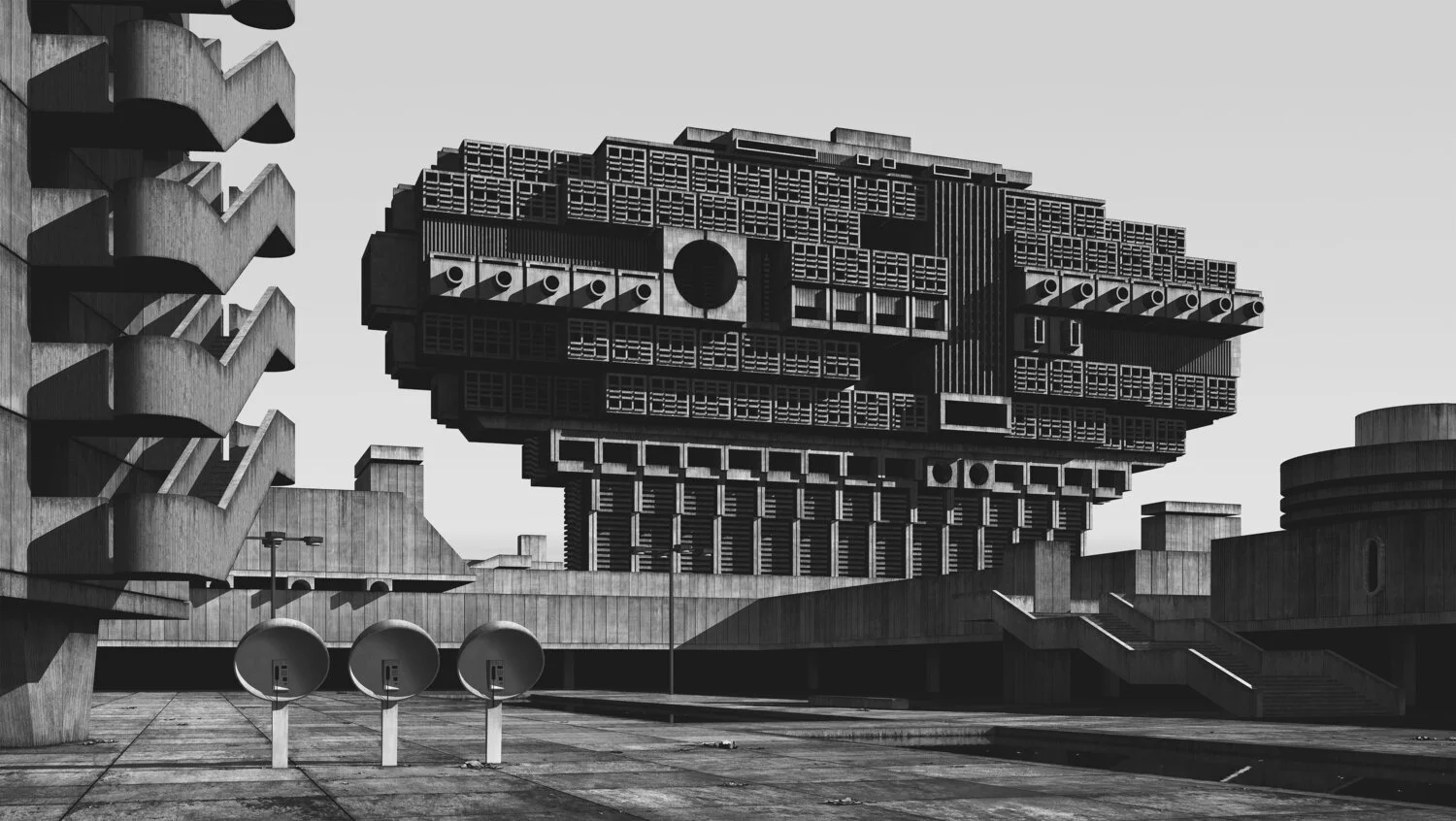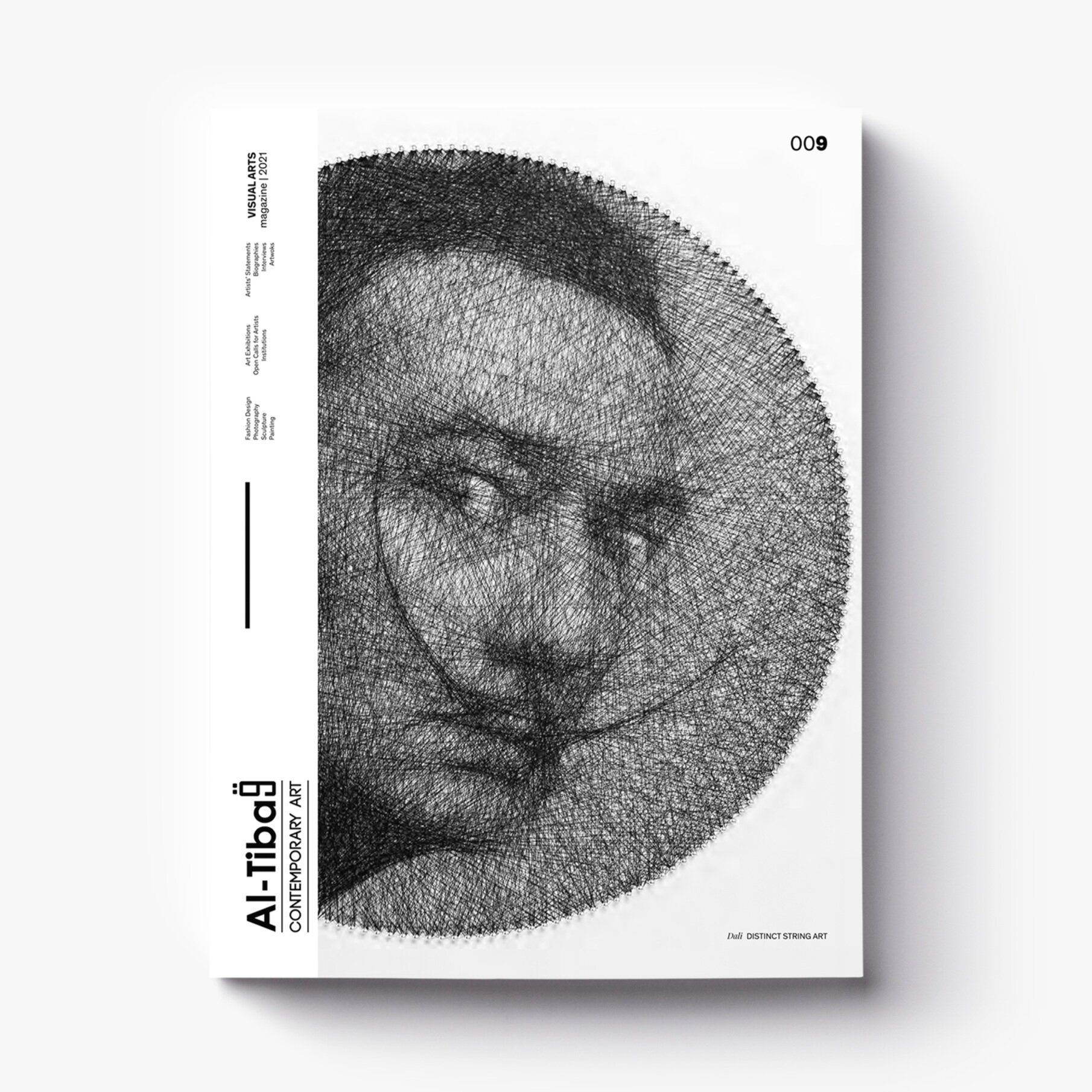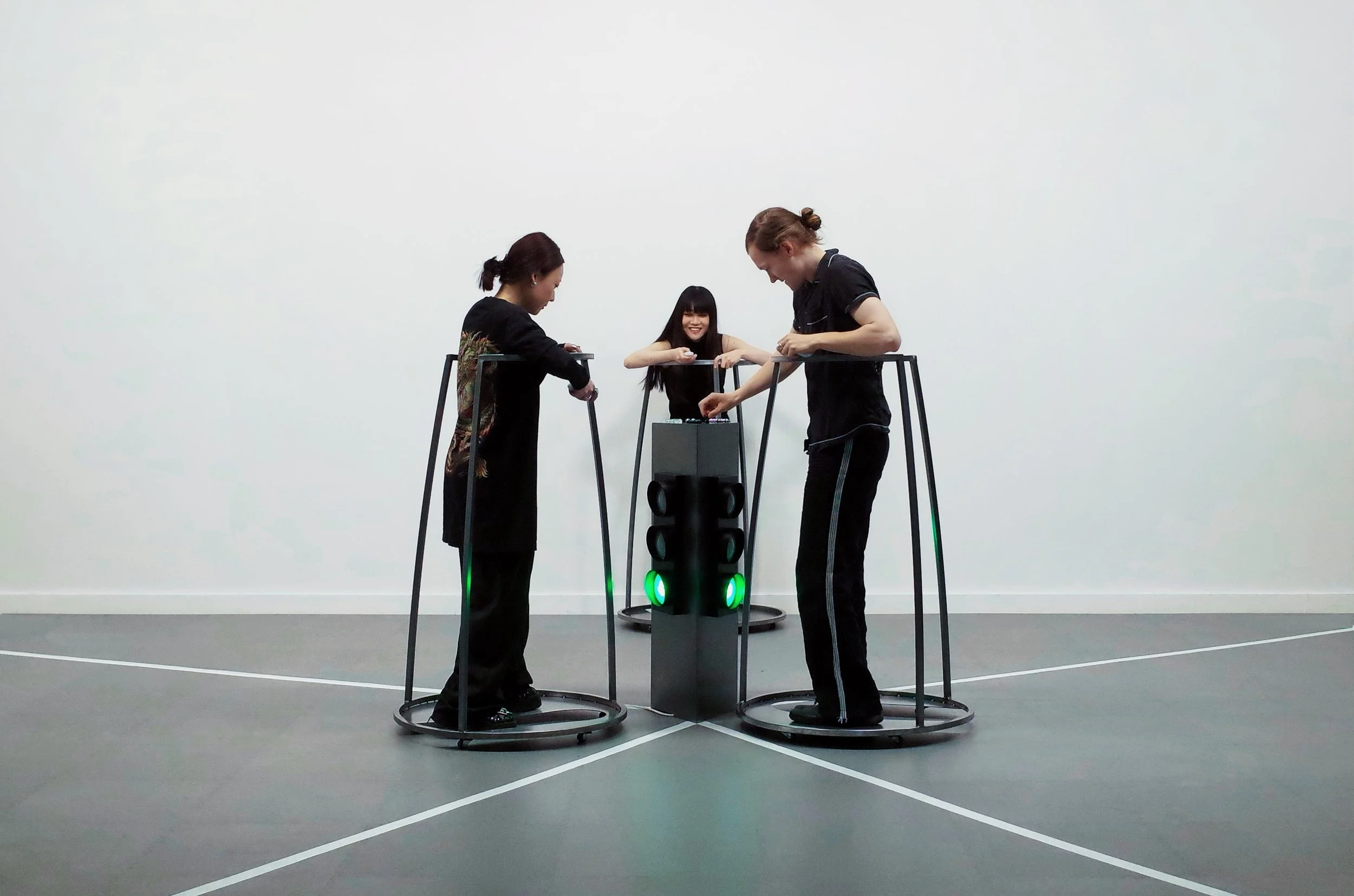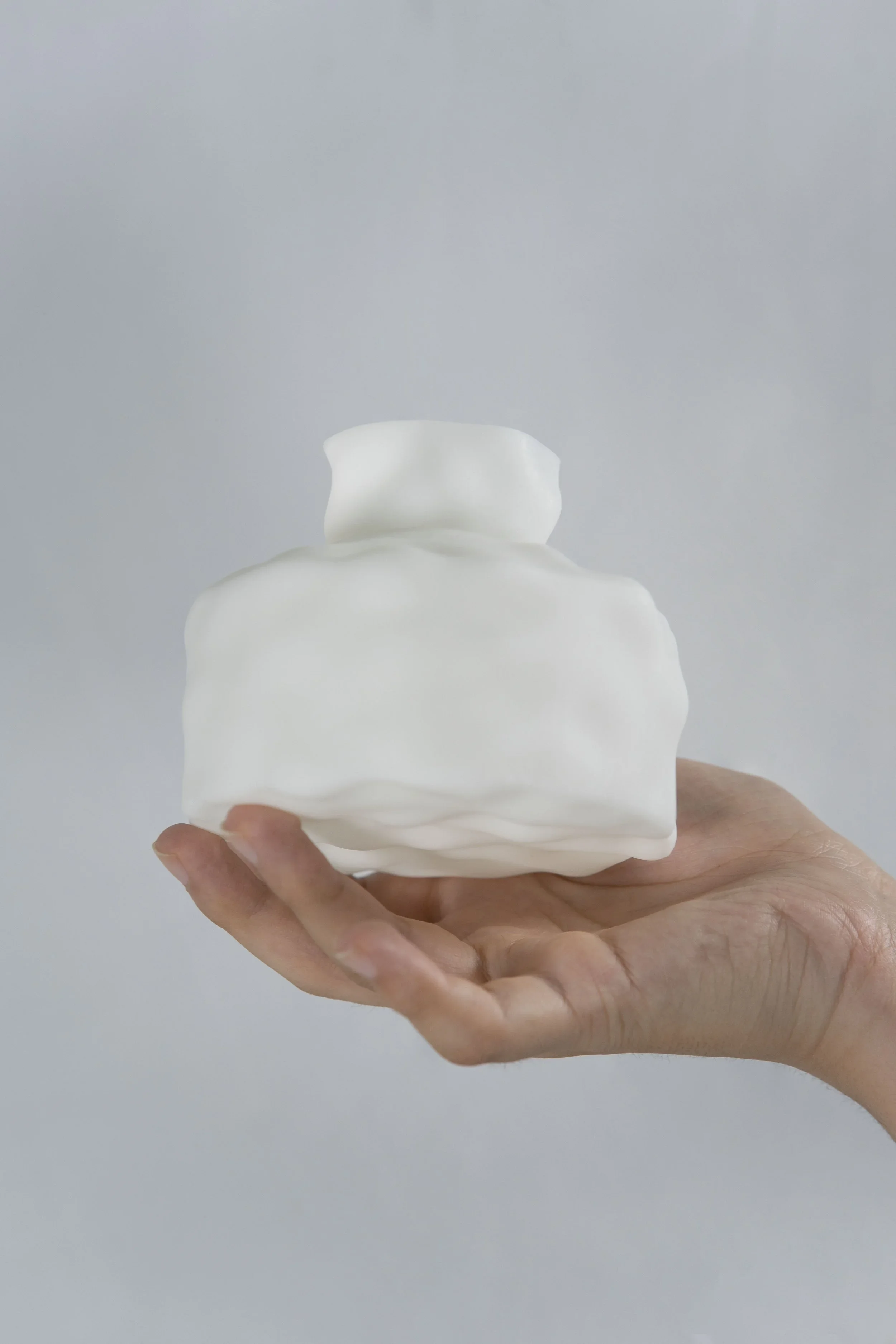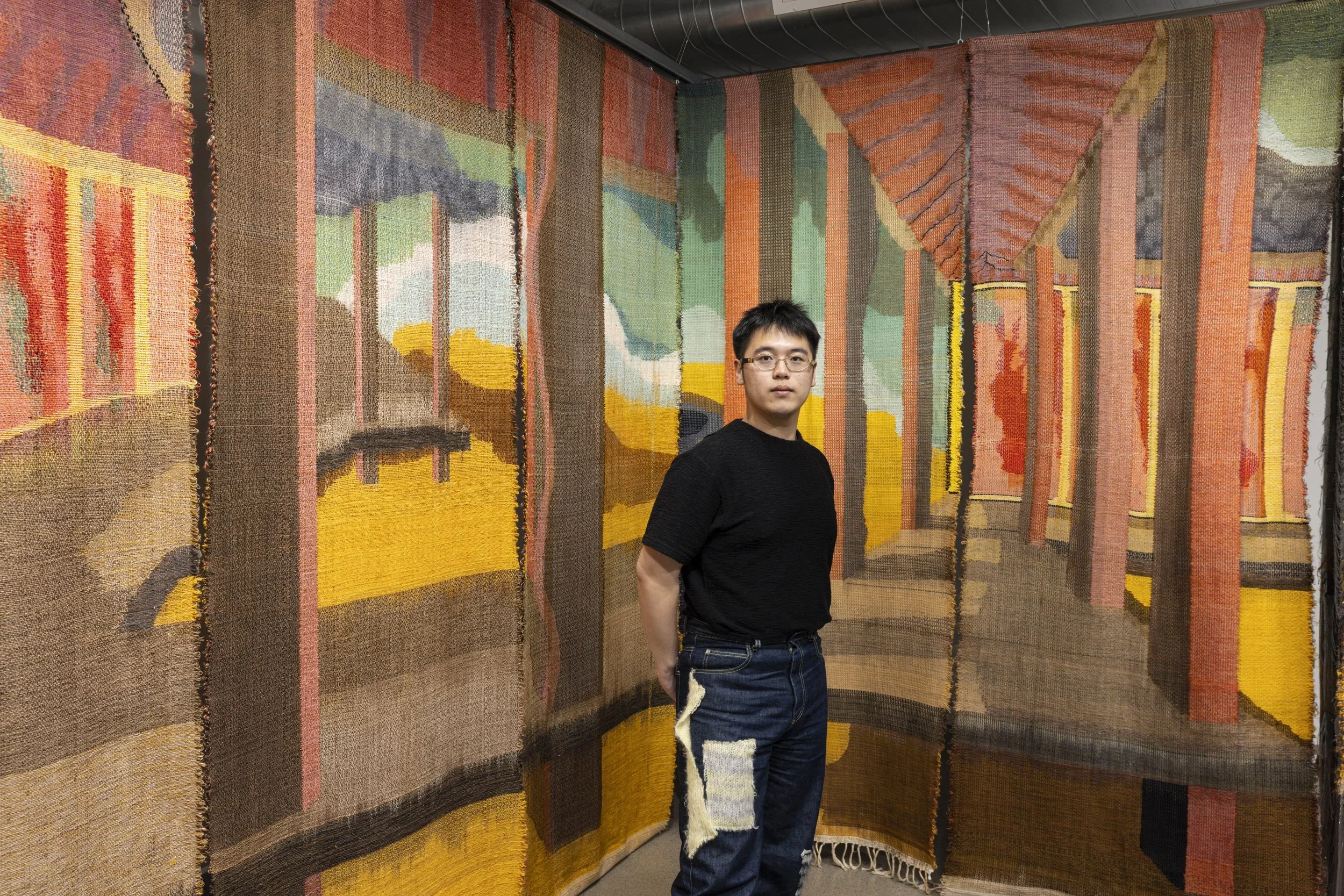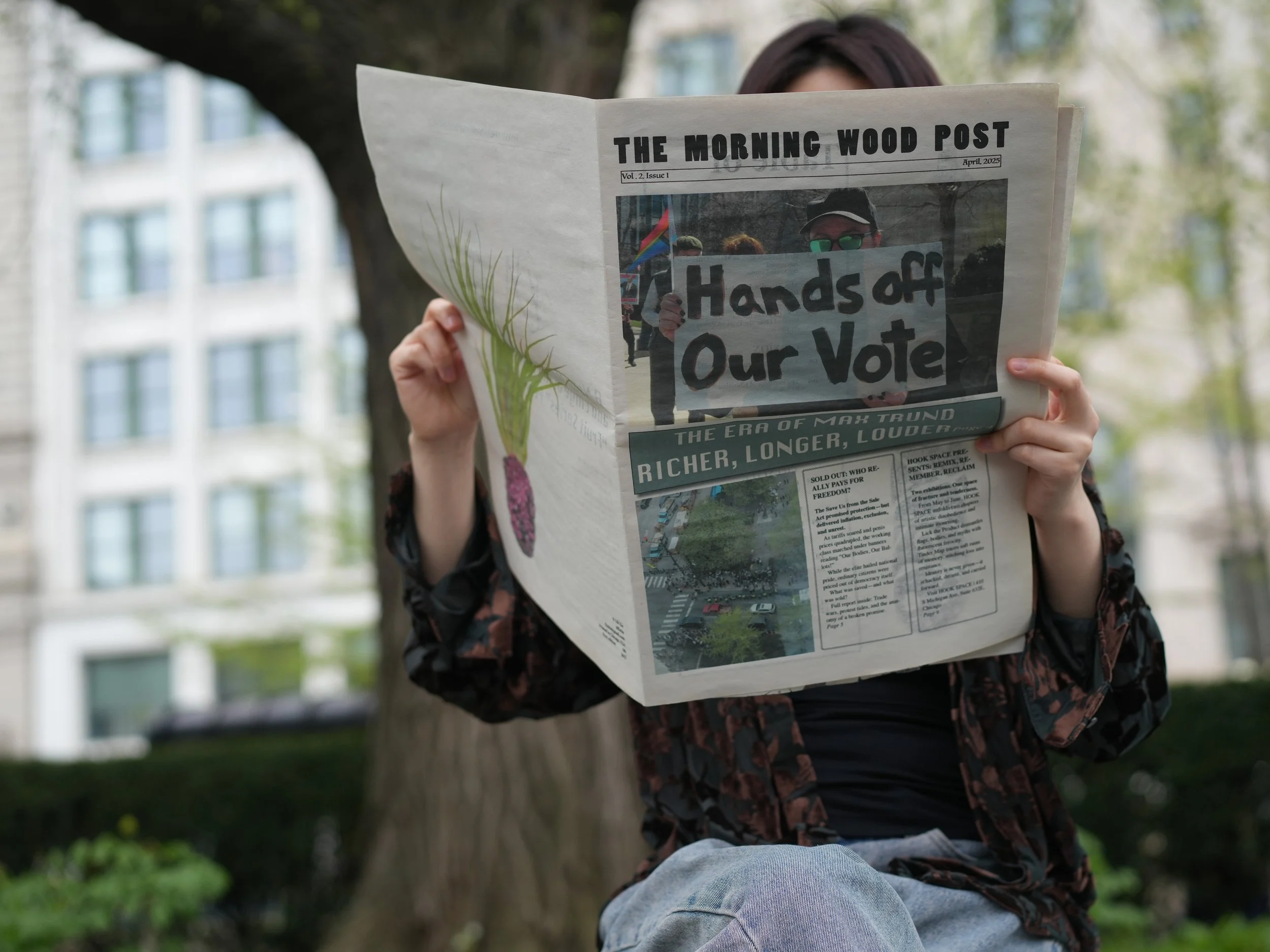10 Questions with Clemens Gritl
ISSUE09 ART MAGAZINE | FEATURED ARTIST
Since completing his architectural studies in Munich and Rome, Clemens Gritl has been designing 3D architectural computer models that explore the urban utopias of the 20th century. His work focuses on the interaction between space, dimension, monotony, and materiality of urban megastructures.
His photorealistic presentations can be aligned with 1960s architecture photography which documents a singular, unbroken optimism and the radical zeitgeist of its era. The choice to create the works in black and white was made to ensure that the plasticity of brutalist architecture as illustrated in its truest form.
Gritl's work has been part of several high-profile exhibitions; his video installation about Le Corbusier's "Plan Voisin", a radical urban design for Paris from 1925, is currently part of the exhibition "Beauty" by Sagmeister & Walsh. In 2019 the same project was shown at the Museum Für Angewandte Kunst in Frankfurt. In addition, the museum Contemporary Calgary in Canada reopened in 2019 with an exhibition of his work, and in 2020, Bob Geldolf's band "The Boomtown Rats" published their first long-player in 36 years, with one of his artworks on the cover.
www.clemensgritl.com | @clemens.gritl
Clemens Gritl
ARTIST STATEMENT
J.G. Ballard's novel "High-Rise" paints a dark dystopian picture — the architecture of a single residential tower becomes the driving force for mysterious changes in the tenants' behavior.
Can the presence of a high-rise structure truly create such a threatening atmosphere and social tension, culminating in murder, decay, destruction and even anarchy? The series "A Future City From The Past" is based on this mystifying vision of a radically aggressive megalopolis — an uncompromising design in the brutalist dogma. All buildings and structures are homogenous. The differentiation of architectural styles and eras are eliminated and replaced by geometric structures, repetition, and absolute materiality. Gigantic "Wohnmaschinen" is encompassed by endless motorway networks, making way for the "Super-Brutalist" megacity.
The thrill of this project lies in exploring the aftermath.
It is fascinating to imagine how a prefabricated, futuristic metropolis would age and what atmosphere an endless manmade landscape, constructed of only concrete and asphalt, would generate.
No#02-180220-05, 2x90x220 cm, Inkjet Print on Hahnemühle Photo Rag Baryta © Clemens Gritl
INTERVIEW
First of all, tell us something about you. What would you like our reader to know about Clemens Gritl?
Hello! I'm an artist and architect who is working at the crossways between these two disciplines. As I live in Berlin, my work is definitely influenced by the cold, harsh winters and electronic music!
You studied architecture in Munich and Rome, two very different cities, one from the other. How did they influence your work and the way you conceive art?
Indeed, living in Rome felt very different from Munich. I can even say my deep interest in Brutalist architecture had its origin during my stay in Rome. One day, on my way from the airport to the city, I spotted "Il Corviale", a giant 1000 meters long housing block at the periphery of the city. I went back the next day and was blown away by the enormous mass of concrete, glass, steel, and asphalt. Even though the whole estate appeared rundown, vandalized, and full of graffiti, I still could feel the social visions behind the project - it was designed as a vertical city for 8,000 tenants, including spaces for culture, shopping, and leisure. Exploring that building led to my first own sketches of utopian housing blocks.
Brutalist architecture seems to be a huge influence on you. Your images have the look and feel of 1960s architecture photography, a little gloomy and yet futuristic at the same time. What messages would you like to convey with your work?
During my studies, I spent long hours at the university library. There were huge archive units, filled with architecture magazines from all decades. The architectural photographs of the 1960s and 70s had a huge impact on me; I loved the dramatic shadow casts on sculptural concrete facades. But many Brutalist buildings and cityscapes I visited myself provoked contradictory feelings, between fascination and criticism. On the one hand, I could sense the radical, revolutionary zeitgeist; on the other hand, I found dysfunctional, vast spaces and partly inhuman scale. My artwork investigates exactly that field of tension.
No#09-060090-05, 60x90 cm, Inkjet Print on Hahnemühle Photo Rag Baryta © Clemens Gritl
In your works, architecture is almost the symbol of a dystopian society. Which correlation do you think there is, in the real world, between our living and psychological conditions? In other words, do you think we need a new and better way to build our homes?
As much as I am mesmerized by postwar megastructures, I have a very critical opinion with regard to the ongoing massive urbanization and unlimited building activity. Instead of building opulent cities out of thin air, we should focus on building less-but-better, more ecological, and more long-term oriented. Unfortunately, most modern buildings have a short-lived lifespan of less than 30 years - which is far away from being sustainable.
As a visual artist, how much do you think art can influence the debate on architecture?
In my opinion, there has always been a mutual interference between all forms of arts and crafts, best seen at holistic schools just like Bauhaus.
Today's average architecture is significantly defined and shaped by the building industry and real estate companies. Unfortunately, most of these players show a huge lack in the usage of ecological materials with a low carbon footprint. That might be the predominant debate on architecture in the future.
No#06-220145-05, 220x145 cm, Inkjet Print on Hahnemühle Photo Rag Baryta © Clemens Gritl
No#08-160090-05, 160x90 cm, Inkjet Print on Hahnemühle Photo Rag Baryta © Clemens Gritl
Do you have any source of inspiration for your works? Any style, artist, or movement you particularly look up to?
There is a huge variety of different movements and artists from all disciplines.
First of all, monumental and eccentric Brutalist buildings like Pegli 3, Rozzol Melara, Tricorn Centre, Telecom Building in Skopje, but also complete neighborhoods, just like Novi Beograd. The list is endless, but the mentioned projects are among my all-time favorites.
Then, futurists and utopists, especially the concept ideas of Sant'Elia, Archigram, and Superstudio.
Aesthetically, the "New Topographic Movement" inspired me the most. The early works of Lewis Baltz and Thomas Struth draw my attention to surface textures and empty streets without people.
Last but not least, the atmosphere in my artwork refers to literature such as Orwell's "1984" or Ballard's "High-rise".
Over the past year, we have witnessed many changes in the art world and our lives in general. How much of an impact did the global pandemic have on your work, both visually and conceptually?
On creative levels, not so much, my work already had a dystopian character before - I am reflecting the uncertainty of our time, just as the climate crisis, the global injustice of capitalism, and the apparent human inability to embrace change.
But like many artists, I could feel the consequences in my professional life, as exhibitions got canceled.
You have exhibited your works extensively. Did you take part in any online exhibitions recently? What do you think of them, good opportunities or just a temporary trend?
Not yet. Until now, I have always preferred physical exhibitions. It's beautiful to see artworks printed on the finest paper and framed with oak wood. But I'm slowly getting more interested in these new platforms. I can imagine that the art market will transfer even more into the digital world. It's maybe even surprising that it took so long.
No#01-090220-05, 90x220 cm, Inkjet Print on Hahnemühle Photo Rag Baryta © Clemens Gritl
No#03-090220-05, 90x220 cm, Inkjet Print on Hahnemühle Photo Rag Baryta © Clemens Gritl
And what is one new thing that over the past year you have discovered? Did you try anything new?
I guess, like a lot of people, I've heard for the first time about NFTs. I haven't created my own yet. I'm still a bit skeptical, as right now, it seems to be a speculative bubble.
Apart from that, I'm experimenting with the use of color for a new series.
Finally, what are you working on now, and what are your plans for the future? Anything exciting you can tell us about?
Right now, I'm just finishing a new print of my current series, "A Future City From The Past," and I started designing the two last works of that cycle. Both will show complete skylines.
After that, I will work in color, as mentioned above - still brutalist, but with a different focus. The series will reflect on uncommon places in my hometown.
And I'm very happy that exhibitions are taking place again. I will be part of the "Biennale d'Image Tangible" exhibition in Paris, which opens on November 12th. I will also be part of the Woolwich Contemporary Print Fair in London in November. Let's hope everything will slowly get back to normal again!

